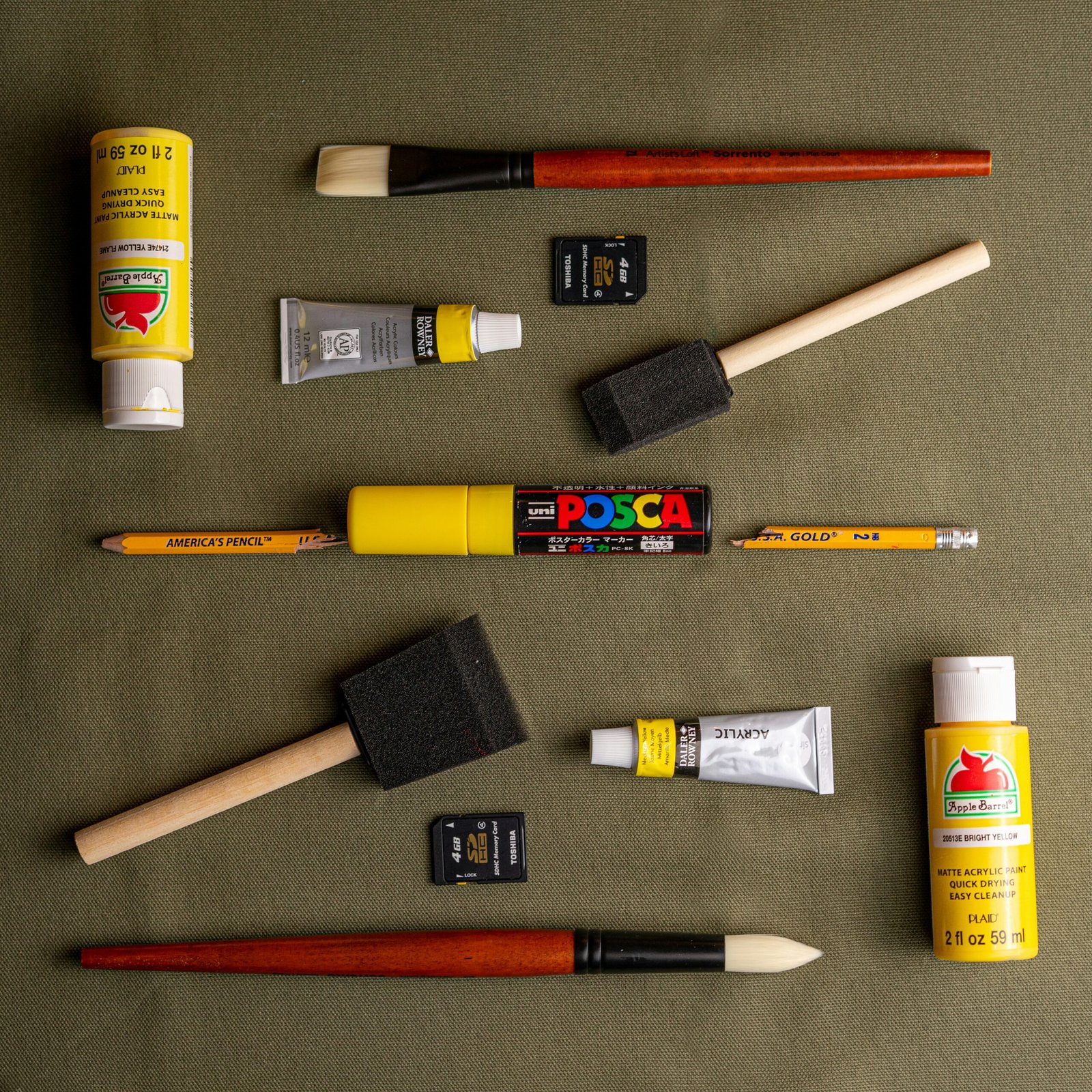Understanding the Basics of Color Theory
Color theory is an essential aspect of design that explores the relationships between colors and how they can be effectively utilized to communicate visually. At the heart of color theory is the color wheel, a circular diagram that organizes hues in a way that illustrates their relationships. The primary colors—red, blue, and yellow—serve as the foundation of this wheel, as they cannot be created by mixing other colors. From these primary colors, secondary colors are formed by mixing two primary colors, resulting in green, orange, and purple. Tertiary colors arise from the blending of primary and secondary colors, yielding a spectrum of shades that enrich a designer’s palette.
Color harmony is a critical concept within color theory, referring to the pleasing arrangement of colors. Harmonious combinations can evoke specific emotions and convey messages effectively. For instance, warm colors such as reds, oranges, and yellows are often associated with energy and enthusiasm, while cool colors like blues, greens, and purples tend to evoke feelings of calmness and tranquility. Understanding these associations allows designers to strategically select colors that align with their intended message.
Furthermore, color combinations play a pivotal role in achieving harmony in designs. Complementary colors are those that are positioned opposite each other on the color wheel, such as blue and orange. This pairing creates a vibrant contrast that can capture attention. In contrast, analogous colors are those found next to each other on the wheel, providing a subtle and cohesive look, ideal for creating a sense of unity in design.
By mastering these fundamental principles, designers can enhance their projects, ensuring that their color choices not only beautify but also communicate effectively. Incorporating color theory into design practice can elevate the aesthetic quality and emotional resonance of a finished piece.
The Psychological Impact of Colors
Colors possess a profound capacity to impact human emotions and behavior, forming an essential component of design strategy. Understanding the psychological effects of colors allows designers to create atmospheres and evoke responses that resonate with their target audience. For instance, red is often linked to energy, urgency, and excitement, making it an effective choice for promoting products or services that require immediate attention. Its vibrant nature can stimulate quick decision-making and capture interest, thus serving as a powerful tool in branding and marketing.
On the contrary, blue is typically associated with calmness and tranquility. It instills feelings of trust and reliability, making it a popular choice among financial institutions and health-related fields. By incorporating blue in designs, one can create a serene ambiance that encourages reflection and ensures a comforting interaction with the brand. This color’s cooling effects can significantly enhance user experience, promoting a sense of stability and safety.
Furthermore, yellow, often regarded as the color of optimism, can brighten up designs and stimulate feelings of happiness. However, it is essential to use it judiciously, as an overload of yellow can lead to feelings of anxiety or even agitation. Designers must balance the vibrancy of this color with supporting tones to ensure a harmonious visual experience.
Each color carries a unique psychological weight, influencing perceptions and behaviors in various ways. For example, green is often tied to nature, growth, and renewal, making it ideal for eco-friendly brands. Understanding these associations empowers designers to strategically select colors that align with their intended message and target demographic. Ultimately, the rightful application of color theory in design can significantly impact the effectiveness of communication and user engagement.
Applying Color Theory in Design Projects
Color theory is a fundamental aspect of design that plays a critical role in creating visually appealing projects across various disciplines, including graphic design, web design, and interior design. Understanding how to effectively apply color theory can enhance the overall impact of a design, making it more engaging and memorable for the audience.
When selecting color palettes, designers should consider the emotional and psychological effects of colors. For instance, warm colors like red and orange can evoke feelings of excitement and energy, while cool colors such as blue and green often communicate calmness and serenity. To create cohesive palettes, tools like Adobe Color or Coolors can assist designers in generating harmonious color schemes based on established color principles, such as complementary and analogous relationships.
In graphic design, the application of color theory can significantly influence viewer perception. For example, using a vibrant color to highlight important information on a poster can draw attention and improve readability. Similarly, when designing interfaces for web applications, it is essential to ensure high contrast between text and background colors for better accessibility. Designers should also be mindful of cultural contexts, as color meanings can vary widely across different regions.
Interior design also benefits from the strategic application of color theory. By employing a well-thought-out color scheme, designers can create specific atmospheres in various spaces. For instance, using softer hues in a bedroom can promote relaxation, while bolder colors in a workspace can stimulate creativity. Real-life case studies, such as successful restaurant designs or welcoming office spaces, showcase how effective color choices can enhance the overall environment.
In conclusion, integrating color theory into design projects not only improves aesthetics but also enhances functionality and user experience. By leveraging color palettes, utilizing matching tools, and adhering to best practices, designers can elevate their work and create lasting impressions.
Common Mistakes to Avoid When Using Colors
In the realm of design, color plays a pivotal role in conveying messages and emotions. However, designers often fall into common pitfalls that can undermine their creative efforts. One prevalent mistake is the overuse of bright colors. While vibrant hues can capture attention, excessive use can lead to visual fatigue and distraction. It is essential to balance bright colors with more muted tones to create a harmonious palette that maintains the viewer’s focus on the intended message.
Another significant issue arises from neglecting color accessibility. Many designers fail to consider how their color choices will appear to individuals with visual impairments or color blindness. By incorporating universal design principles, such as using sufficient contrast between foreground and background colors and providing textual alternatives, designers can enhance inclusivity in their work. Tools like color contrast checkers can assist in ensuring that color combinations are accessible to all viewers.
Poor color contrast is yet another common error that can significantly impact readability. When text or important elements blend into the background, the overall effectiveness of the design deteriorates. To mitigate this, designers should ensure that there is a clear distinction between colors used in text and backgrounds. Utilizing tools that help visualize color contrast can be invaluable in this regard.
Lastly, visual clutter can stem from an overzealous application of color. When too many colors are used, the design can become overwhelming, making it difficult for viewers to extract the main points. Adopting a more restrained color palette can emphasize key elements while promoting a more cohesive and attractive overall appearance. By recognizing these common mistakes and implementing best practices, designers can utilize color theory effectively. This approach will not only enhance their designs but also create a more engaging experience for their audience.

